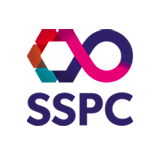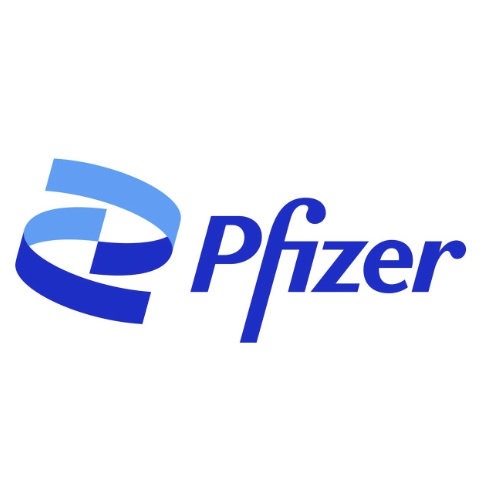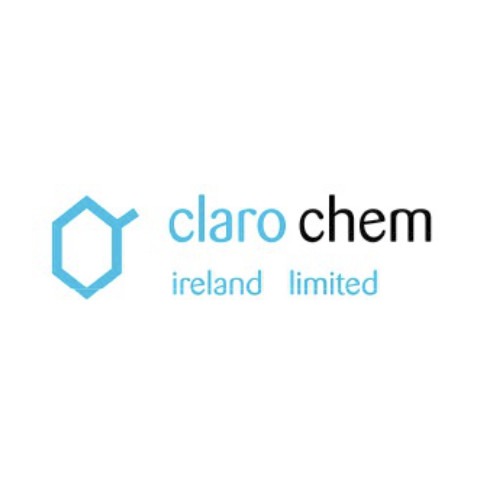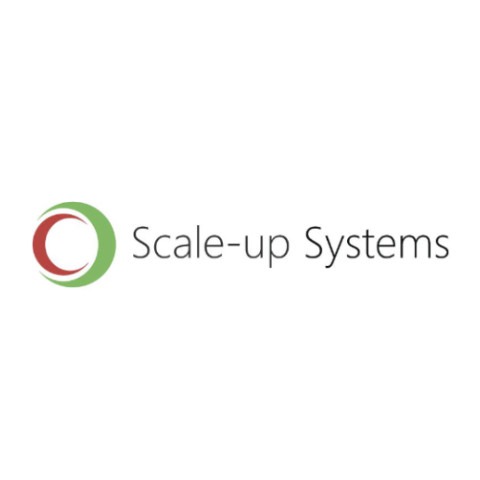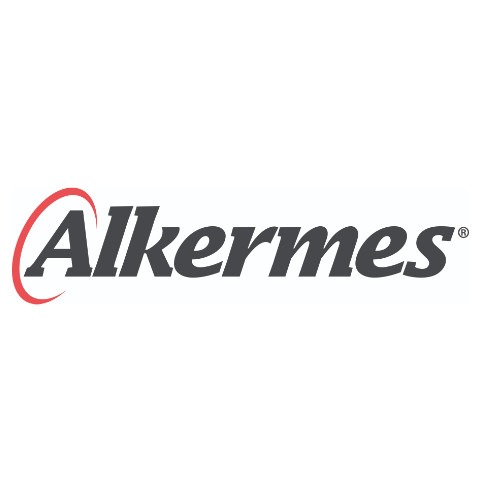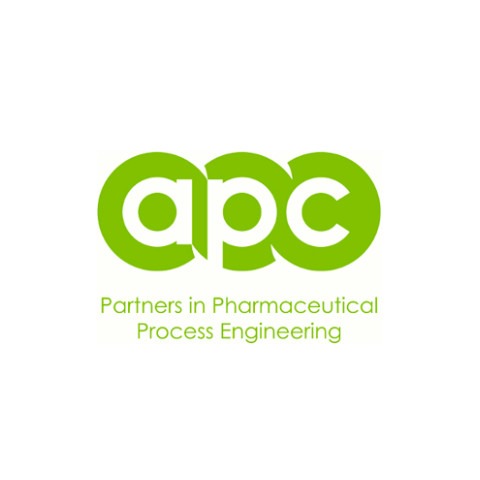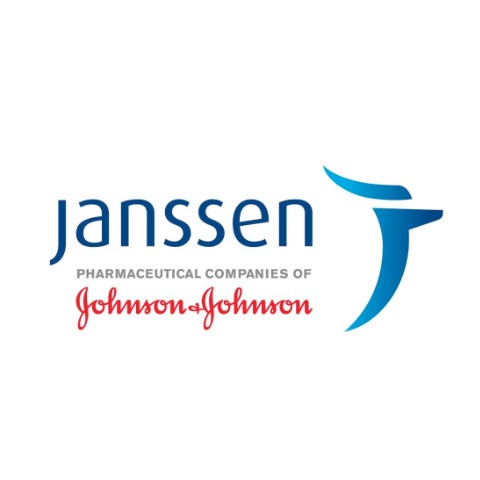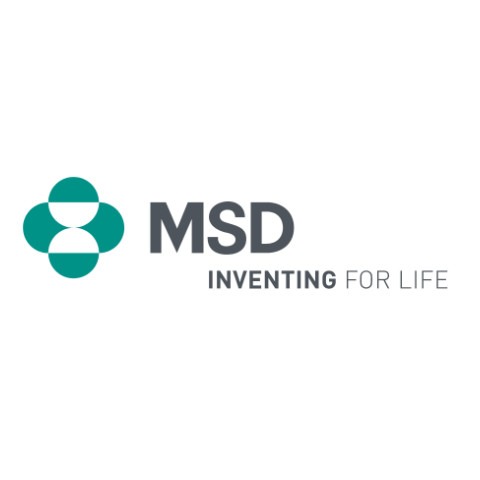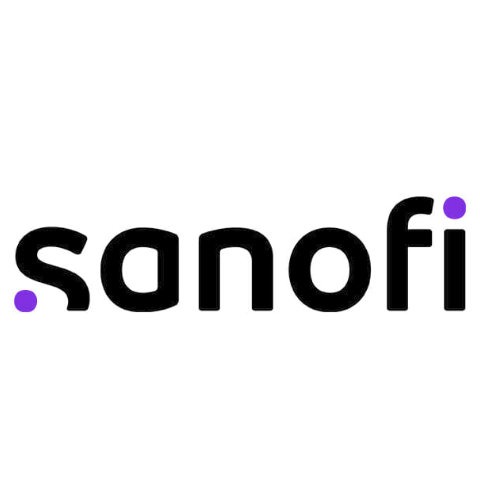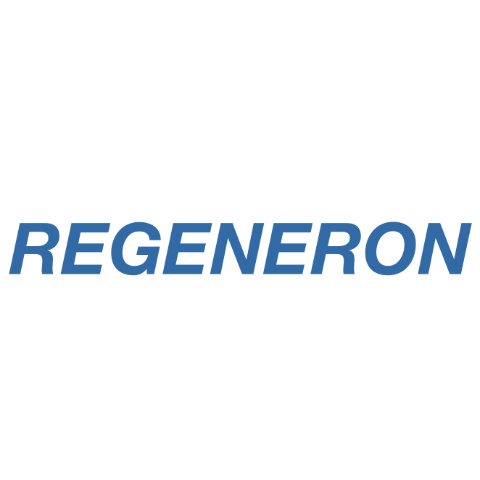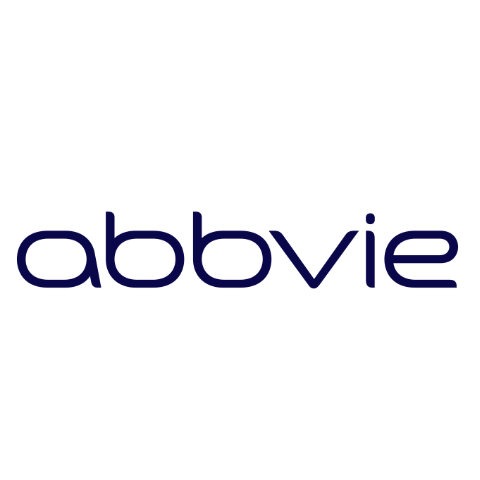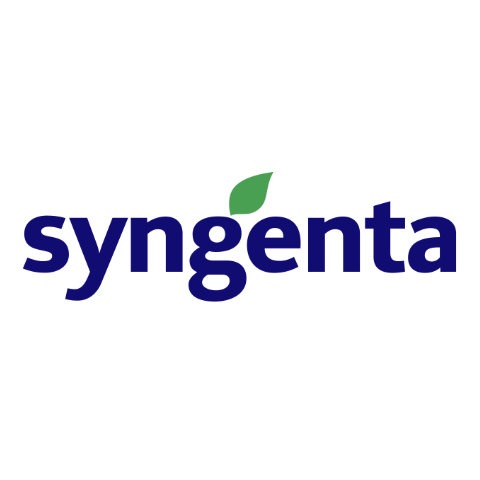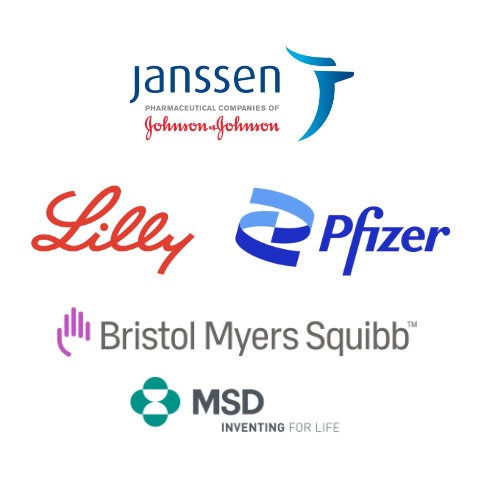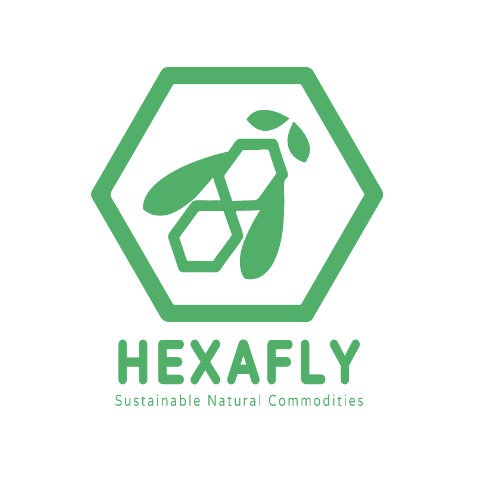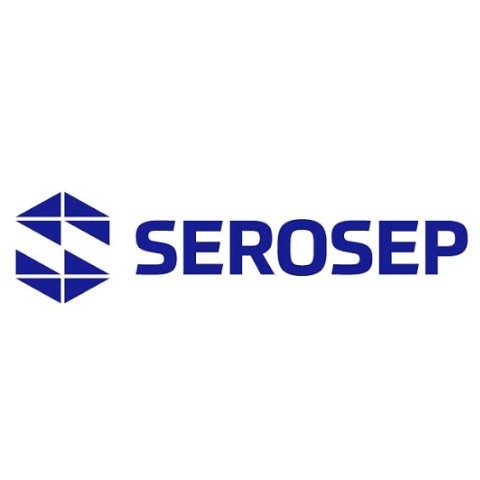The US-Ireland Centre-to-Centre Partnership: Partnership in Continuous Manufacturing for Nano-based Drug Products (C2C)
Project 1 leads: Luis Padrela, Kevin Ryan, University of Limerick, Rohit Ramachanddran, Rutgers
Project 2 leads: Kieran Hodnett, Sarah Hudson, University of Limerick, Gavin Andrew, Queens
Project 3 leads: Gavin Walker, Denise Croker, University of Limerick
The tripartite US-Ireland R&D partnership project titled ‘Partnership in continuous manufacturing for nano-based drug products links together three of the world’s significant research centres in pharmaceutical manufacturing: (SSPC) located at University of Limerick, Ireland; The Center for Structured Organic Particulate Systems (C-SOPS) at Purdue University and Rutgers University, USA; and The Centre for Pharmaceutical Sciences (CPS) at Queens University Belfast.
The alliance builds on the combination of expertise of these three centres: SSPC for upstream continuous processing for drug synthesis and crystallisation; CSOPS for continuous drug product manufacture; and MPRI for polymers for drug delivery. The project will be funded by Science Foundation Ireland in Ireland; the National Science Foundation (NSF) in the US; and the Department of Employment and Learning Northern Ireland (DEL/NI) in the UK.
Research Objectives
The overarching goal of the proposed collaboration is to fuse the capabilities and resources of three significant international centres with the goal of establishing and delivering new end to end continuous manufacturing capabilities for poorly soluble micron and nanosized APIs (Active Pharmaceutical Ingredients) that will transform the global supply chain for medicines by developing techniques capable of:
(1) Making nano-particulate active pharmaceutical ingredients
(2) Retaining their desirable nano properties throughout the entire manufacturing chain.
The Projects
The US-Ireland C2C project is organised into three distinct research projects namely:
- 1: A novel spray drying process for the continuous generation and drying of nanoparticles using supercritical methods
- 2: Continuous heterogeneous crystallization of APIs in and onto excipients
- 3: Continuous manufacture of co-crystal APIs using in-line Raman spectroscopy
Goals and strategy
Project 1 aimed to develop supercritical CO2 methods such as the Supercritical Enhanced Atomization (SEA) and Gas Antisolvent (GAS) to improve the solubility of pharmaceutical materials. Specifically, this project aims to generate nanoparticles of Active Pharmaceutical Ingredients (APIs) using a continuous process such as the SEA method. This work also aims to collaborate with an international research group in Rutgers University to develop a population balance model for batch and continuous supercritical methods. Finally, the primary objective of this work is to highlight that the implementation of this technology on existing pharmaceutical spray dryers is possible and will provide a new tool for targeting the nanoscale and enhancing the solid-state form involved in pharmaceutical manufacturing.
Project 2 aimed to prepare, stabilize and isolate poorly water-soluble BCS class II Active Pharmaceutical Ingredients (APIs) nanoparticles in solid-state with the help of Montmorillonite (MMT) clay as carrier particles in a batch as well as a continuous process in order to enhance the dissolution rate, hence bioavailability of these APIs. The strategy of the project includes the production of these nanoparticles in suspension using a reverse antisolvent precipitation technique in the presence of ‘as received’ MMT carrier particles (~30 mm) and/or MMT carrier particles whose surface had been slightly modified with a cationic protein, protamine sulphate salt (PA). The resulting nanoparticle adsorbed onto carrier particles can be isolated directly from suspension into a solid-state form by simple filtration followed by air-drying.
Project 3 aimed to develop novel scalable continuous extrusion processing for the manufacture of co-crystal drug products and to implement advanced process analytical technologies, i.e. Raman, to develop a mechanistic understanding of how formulation and process factors affect co-crystal performance. To do this a Design of Experiment (DoE) approach has been taken to study the effect of different process parameters on cocrystallization and defining the optimised formulation and the mechanical properties like tabletability, compressibility and compactibility of optimised formulation were subsequently studied.
Outputs and Achievements
During the C2C award:
- 1 patent awarded (US Patent no. 10849989, European Patent Application No. 17784551.8)
- NSF/SFI I-Corps Innovation Corps 2016
- Enterprise Ireland Commercialization Fund 2017
Funding leveraged after the C2C award
- Science Foundation Ireland FFP 2019
- Enterprise Ireland Feasibility Grant 2020
- Enterprise Ireland Comm Fund 2021
- SFI Research Infrastructure NaPRO 2021
Peer-reviewed publications
- Maryam Karimi-Jafari, Rodrigo Soto, Ahmad B. Albadarin, Denise Croker, Gavin Walker. In-line Raman spectroscopy and chemometrics for monitoring cocrystallisation using hot melt extrusion. International Journal of Pharmaceutics, 601, (2021), 120555.
- Indu Muthancheri., Barry Long., Kevin M. Ryan., Luis Padrela., Rohit Ramachandran. A Development and validation of a two-dimensional population balance model for a supercritical CO2 antisolvent batch crystallization process, Advanced Power Techology. 31 (2020) 3191-3204. d
- Ajay Kumar., Benjamin K. Hodnett., Sarah Hudson., Peter Davern. Modification of the zeta potential of montmorillonite to achieve high active pharmaceutical ingredient nanoparticle loading and stabilization with optimum dissolution properties. Colloids and Surfaces B: Biointerfaces. 193 (2020)
- Kumar A., Davern P., Hodnett B.K., Hudson S. Carrier particle mediated stabilization and isolation of valsartan nanoparticles, Colloids and Surfaces B: Biointerfaces 175 (2019) 554-563.
- Long B., Walker G.M., Ryan K.M., Padrela L. Controlling Polymorphism of Carbamazepine Nanoparticles in a Continuous Supercritical-CO2-Assisted Spray Drying Process, Growth Des. 19 (2019) 3755-3767.
- M. Padrela., B. Castro-Dominguez., A. Ziaee., B. Long., K. M. Ryan., G. Walkera and E. J. O’Reilly. A Co-crystal polymorphic control by nanodroplet and electrical confinement Creating Co-Crystals: A Review of Pharmaceutical Cocrystal Perparation Routes and Applications. CrystEngComm, (2019),21, 2845-2848.
- Long B, Ryan KM, Padrela L. From batch to continuous – New opportunities for supercritical CO2 technology in pharmaceutical manufacturing. Eur J Pharm Sci. (2019) ;137:104971. doi: 10.1016/j.ejps.2019.104971. Epub 2019 Jun 24. PMID: 31247295.
- Karimi-Jafari M., Ziaee A., Iqbal J., O’Reilly E., Croker D., Walker G. Impact of polymeric excipient on cocrystal formation via hot-melt extrusion and subsequent downstream processing, International Journal of Pharmaceutics 566 (2018) 745-755. doi:10.1016/j.ijpharm.2019.06.031
- Padrela L., Zeglinski J., Ryan K.M. Insight into the Role of Additives in Controlling Polymorphic Outcome: A CO2 Antisolvent Crystallization Process of Carbamazepine, Growth Des. 17 (2017) 4544 4553.
